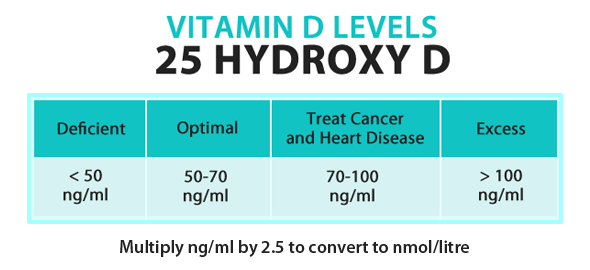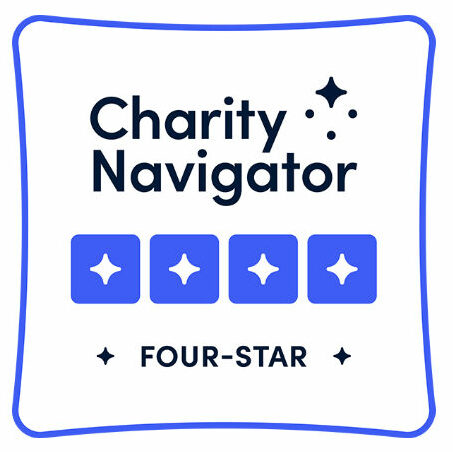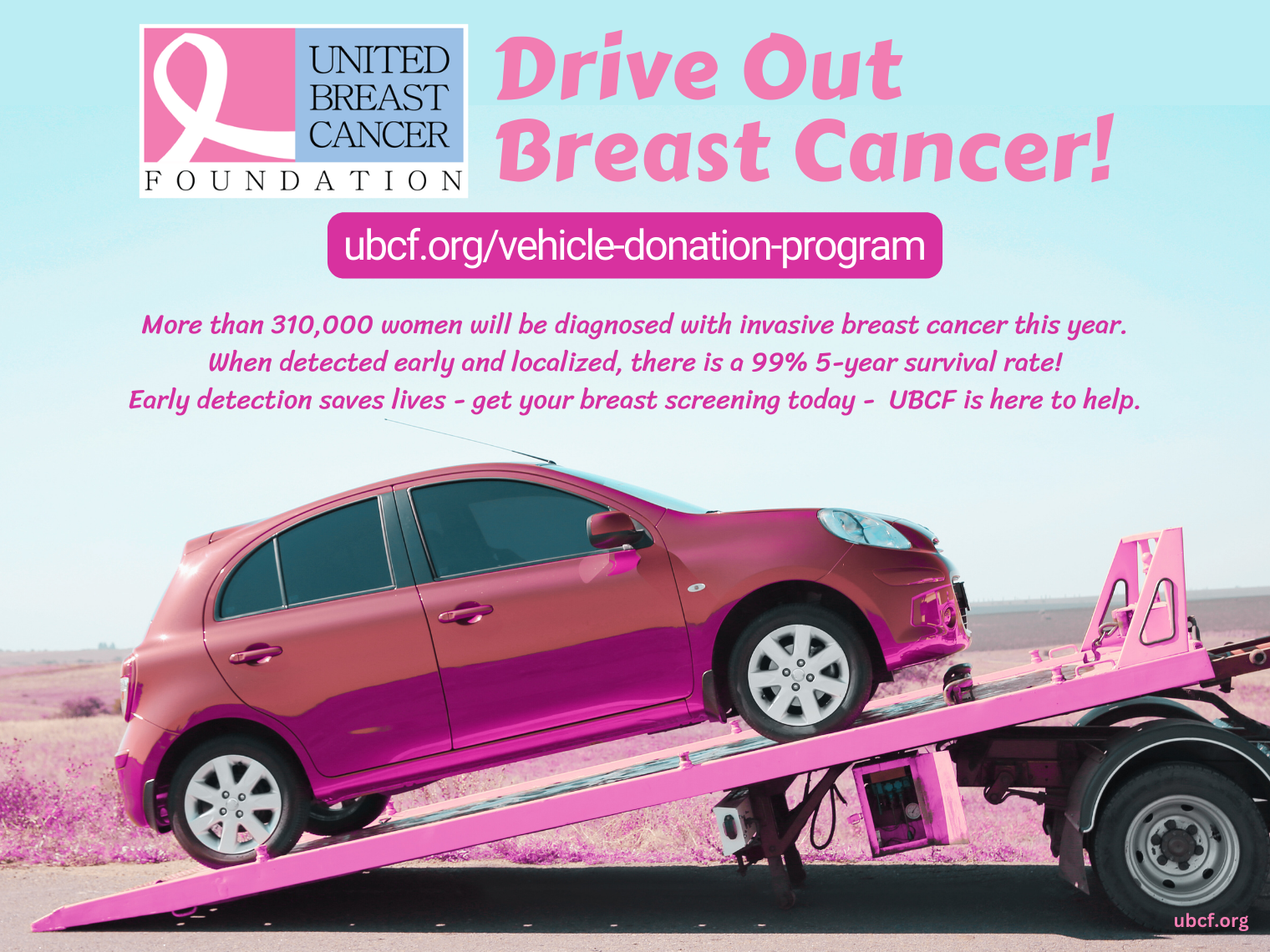You’re familiar the old adage penned by Benjamin Franklin, “an ounce of prevention is worth a pound of cure,” right? Well here’s one for you, particularly if you are interested in reducing your risk of cancer. Vitamin D has been proven to reduce your risk of 15 types of cancer. Now that the weather is warming up (sort of!) it’s the perfect time to get outside, absorb some sunshine (don’t get a sun burn!) and synthesize some Vitamin D at the same. Dr. Mercola has written several articles on this amazing little power-house of a vitamin, “Receptors that respond to vitamin D have been found in nearly every type of human cell, from your bones to your brain, and this helps explain why it is has such a powerful impact on so many diseases.” Below is an article by Dr. Mercola that I have found extremely informative and helpful. What are your thoughts on this subject? Please share your comments with us!
By Dr. Mercola
If you want to slash your risk of cancer, it’s essential that you spend adequate time in the sun or a safe tanning bed, or at the very least supplement with proper amounts of vitamin D3.
This is because maintaining optimal blood levels of this vitamin is one of the most powerful, and virtually free, methods to protect against cancer.
Research shows that higher solar UVB exposure, which is associated with higher vitamin D levels, decreases the risk of 15 different types of cancer, and weaker evidence also points to protection against an additional nine types of cancer.1
One of these cancers is breast cancer, and new research specifically found vitamin D is particularly effective against estrogen receptor positive (ER+) breast cancer cells.
Vitamin D’s Striking Role Against ER+ Breast Cancer
Many breast cancers are fueled by estrogen, a hormone produced in fat tissue. Breast cancer is defined as ER+ if the cancer cells have estrogen receptors, which are proteins that estrogen binds to. ER+ breast cancer cells depend on estrogen to grow.
In the latest study, researchers reported that calcitriol (the hormonally active form of vitamin D) inhibits the growth of many cancerous cells including breast cancer cells by arresting the cancer cells’ replication cycles, promoting apoptosis, and inhibiting invasion, metastasis and angiogenesis.2 They also revealed new mechanisms by which vitamin D is effective against estrogen receptive positive breast cancer cells. Among them:
- Suppressing COX-2 expression, which is linked to poor prognosis in breast cancer patients
- Increasing expression of 15-PGDH, a tumor suppressor
- Suppressing the expression of aromatase, the enzyme that catalyzes estrogen synthesis in breast cancer cells
Researchers concluded:
“Cell culture and in vivo data in mice strongly suggest that calcitriol and dietary vitamin D would play a beneficial role in the prevention and/or treatment of ER+BCa [estrogen receptor positive breast cancer] in women.”
Vitamin D Might Slash Breast Cancer Risk by 77 Percent
“Dr. Cedric Garland of UC San Diego School of Medicine and Moores Cancer Center had just published a paper saying that the risk of breast cancer could be cut by 50 percent if people had vitamin D serum levels – this is a blood level of how much vitamin D you’ve got – somewhere about 40 to 50 nanograms per milliliter. I just sat there and looked at that, and I started crying, [thinking] this can’t be true… I’m a very skeptical scientist,” she says.
She made some calls to verify the veracity of the study, and discovered that the author, Dr. Garland, was not only well-respected, but had researched vitamin D and cancer for 30 years. She went on to uncover more and more researching showing that vitamin D has a very real impact on cancer rates, including the study described below, which found it may reduce cancer risk by up to 77 percent:
“[A] randomized trial… published in 2007 by Joan Lappe out of Creighton University… had a group of about 1,100 post-menopausal women who started out with no cancer (plus control group)… One group got [oral] vitamin D [and calcium] and the other got a placebo. At the end of four years, there was a 77 percent difference in cancer incidence between those that had the vitamin D and calcium versus the placebo.3 So something is working,” she says.
Here is just a sampling of the studies to date showing vitamin D’s therapeutic actions against cancer:
- Some 600,000 cases of breast and colorectal cancers could be prevented each year if vitamin D levels among populations worldwide were increased, according to previous research by Dr. Garland and colleagues.4 And that’s just counting the death toll for two types of cancer.
- A large-scale, randomized, placebo-controlled study on vitamin D and cancer showed that vitamin D can cut overall cancer risk by as much as 60 percent – and up to 77 percent when only the last 3 years of data were used.5 This was such groundbreaking news that the Canadian Cancer Society has actually begun endorsing the vitamin as a cancer-prevention therapy.
- Light-skinned women who had high amounts of long-term sun exposure had half the risk of developing advanced breast cancer (cancer that spreads beyond your breast) as women with lower amounts of regular sun exposure, according to a study in the American Journal of Epidemiology.6
- A study by Dr. William Grant, Ph.D., internationally recognized research scientist and vitamin D expert, found that about 30 percent of cancer deaths — which amounts to 2 million worldwide and 200,000 in the United States — could be prevented each year with higher levels of vitamin D.
Vitamin D Can Radically Improve MS and Other Autoimmune Diseases
The beauty of vitamin D is that it is far from an ordinary “vitamin.” In fact, it is a steroid hormone that influences virtually every cell in your body. Receptors that respond to vitamin D have been found in nearly every type of human cell, from your bones to your brain, and this helps explain why it is has such a powerful impact on so many diseases.
So far, scientists have found about 3,000 genes that are upregulated by vitamin D, which is remarkable when you consider the human body only has between 20-25,000 genes total. Vitamin D researchers keep finding health benefits from vitamin D in virtually every area they look, including:
| Cancer | Hypertension | Heart disease |
| Autism | Obesity | Rheumatoid arthritis |
| Diabetes 1 and 2 | Multiple Sclerosis | Crohn’s Disease |
| Cold & Flu | Inflammatory Bowel Disease | Tuberculosis |
| High Blood Pressure | MRSA Infections | Dementia |
| Birth Defects | Reduced C-section risk | Infertility |
| Melanoma (skin cancer) | Asthma | Depression |
| Osteoporosis | Alzheimer’s disease | Schizophrenia |
Oftentimes the role of vitamin D is quite substantial. For instance, several past studies have shown that vitamin D can be beneficial for reducing flare-ups from autoimmune diseases such as multiple sclerosis (MS). But now a new study showed just how big a difference D supplementation can make in people with MS. The target level of vitamin D was 40 ng/ml or higher, and researchers found that those persons with ng/ml levels higher than 48 ng/ml saw a 75 percent reduction in relapse rates.7
Researchers also found that it made a difference as to which type of vitamin D they supplemented with―this new research used D3, rather than D2.
Overall, correcting a vitamin D deficiency may cut your risk of dying by more than half, according to an analysis of more than 10,000 patients. People with low levels of vitamin D were found to be more likely to have diabetes, high blood pressure, and diseased heart muscle — and were three times more likely to die from any cause compared to those with normal levels.8
Four Important Points to Know About Vitamin D
The four major points to remember about vitamin D are the following:
- Your best source for this vitamin is exposure to the sun, without sunblock on your skin, and as near to solar noon as possible. During this UVB ray-intense time you will be able to produce vitamin D in plenty. Plus, when the sun goes down toward the horizon, the UVB is filtered out much more than the dangerous UVA. You should continue the exposure until your skin turns the lightest shade of pink.While this isn’t always possible due to the change of the seasons and your geographic location (and your skin color), this is the ideal to aim for. A safe tanning bed is the next best option. Safe tanning beds have electronic ballasts rather than magnetic ballasts, which helps you avoid unnecessary exposure to health-harming EMF fields. They also have less of the dangerous UVA than sunlight, while unsafe ones have more UVA than sunlight. The last option is vitamin D supplementation, which can help fill the gaps during the winter months outside of the tropics, when healthy sun exposure is not an option.
- When you do supplement with vitamin D, you’ll only want to supplement with natural vitamin D3 (cholecalciferol). Do NOT use the synthetic and highly inferior vitamin D2, which is the one most doctors will typically give you in a prescription unless you ask specifically for D3. According to the most recent findings by Carole Baggerly, which involved research on nearly 10,000 people, shows the ideal adult dose appears to be 8,000 IU’s a day to get most into the healthy range.
- Get your vitamin D blood levels checked! The only way to determine the correct dose for you is toget your blood tested since there are so many variables that influence your vitamin D status. The above recommendation is only an estimate. I recommend using Lab Corp in the U.S.
- The correct test your doctor needs to order is 25(OH)D, also called 25-hydroxyvitamin D, which is the better marker of overall D status. This is the marker that is most strongly associated with overall health.
The OPTIMAL value of vitamin D that you’re looking for is explained in the chart below. If you were in the sun nearly every day with large amounts of your skin exposed and not taking any oral vitamin D, your level would be around 100 ng/ml. This range applies for everyone: children, adolescents, adults and seniors. Unless you get a deep dark tan, which is a pretty good gauge that your vitamin D levels are where they need to be, it is wise to get your blood levels checked; that is the only way to know for certain you have reached therapeutic levels.









